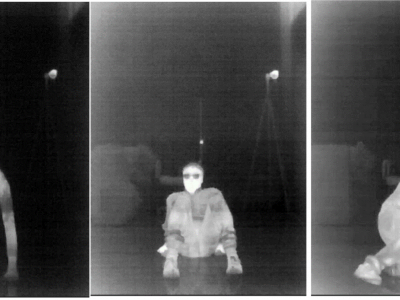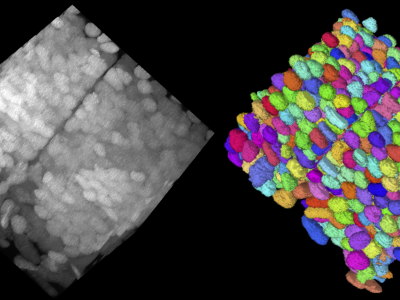Biomedical and Health Sciences

A refined data from supplementary materials of "Predicting 30-days mortality for MIMIC-III patients with sepsis-3: a machine learning approach using XGboost". Rows with invalid age values were removed and feature columns were selected, and the data type of each column was adjusted.
- Categories:
 618 Views
618 Views
The glycemia response for this experiment was obtained in-silico, using the complex physiology-based nonlinear simulation model with the basal glycemia 6 mmol/l and the corresponding basal insulin administration rate 0.01 U/min.
The data acquisition experiment was designed to mimic the regular insulin treatment of a type 1 diabetic subject during the 6-day period with an overall number of 25 meals and a total carbohydrate amount of 433 g.
The virtual continuous glucose monitoring readings were sampled with the sample time 20 min.
- Categories:
 281 Views
281 ViewsEarly detection of retinal diseases is one of the most important means of preventing partial or permanent blindness in patients. One of the major stumbling blocks for manual retinal examination is the lack of a sufficient number of qualified medical personnel per capita to diagnose diseases.
- Categories:
 6247 Views
6247 Views
The Framingham Township Heart Institute offers a 10-year data set on coronary heart disease
- Categories:
 1811 Views
1811 ViewsPlease cite the following paper when using this dataset:
N. Thakur and C.Y. Han, “An Exploratory Study of Tweets about the SARS-CoV-2 Omicron Variant: Insights from Sentiment Analysis, Language Interpretation, Source Tracking, Type Classification, and Embedded URL Detection,” Journal of COVID, 2022, Volume 5, Issue 3, pp. 1026-1049
Abstract
- Categories:
 1716 Views
1716 ViewsThis dataset contains Wi-Fi sensing data using Channel State Information (CSI) for respiration rate measurements in a standard 3m x 3m room. The Wi-Fi CSI data was collected using the Wi-Fi module on the ESP32 Microcontroller units using the esp32-csi-tool. The Wi-Fi CSI data is accompanied by respiration belt data taken with the Wi-Fi measurements simultaneously using the Neulog NUL-236 respiration belt logger as ground truth.
- Categories:
 221 Views
221 Views
The use of modern Mobile Brain-Body imaging techniques, combined with hyperscanning (simultaneous and synchronous recording of brain activity of multiple participants) has allowed researchers to explore a broad range of different types of social interactions from the neuroengineering perspective. In specific, this approach allows to study such type of interactions under an ecologically valid approach.
- Categories:
 413 Views
413 Views




